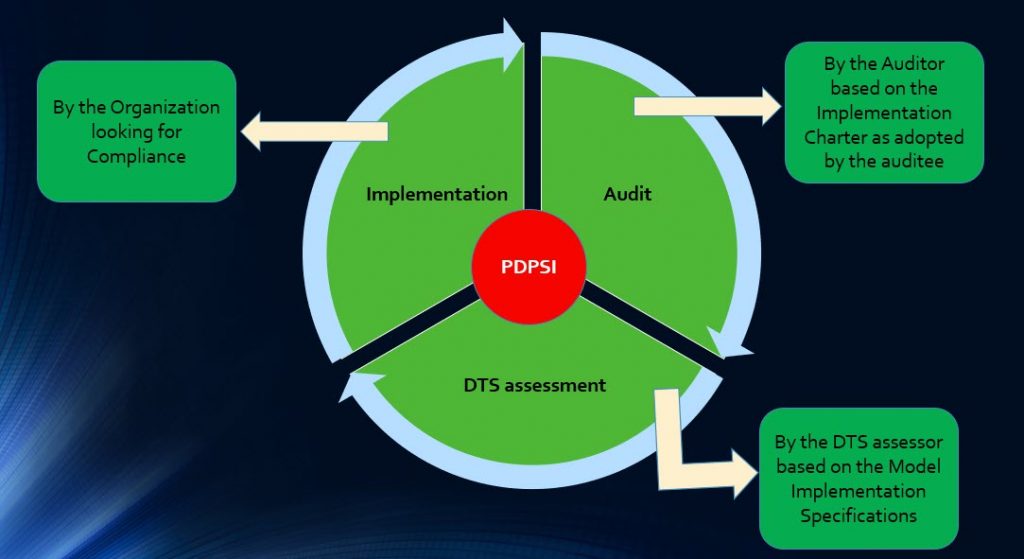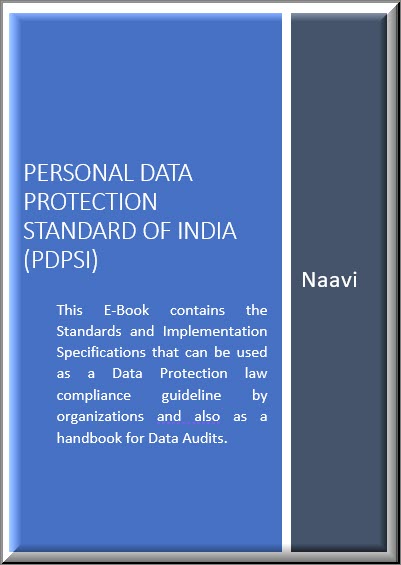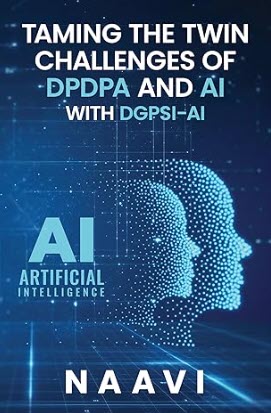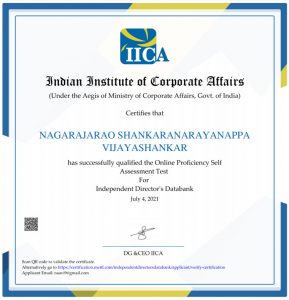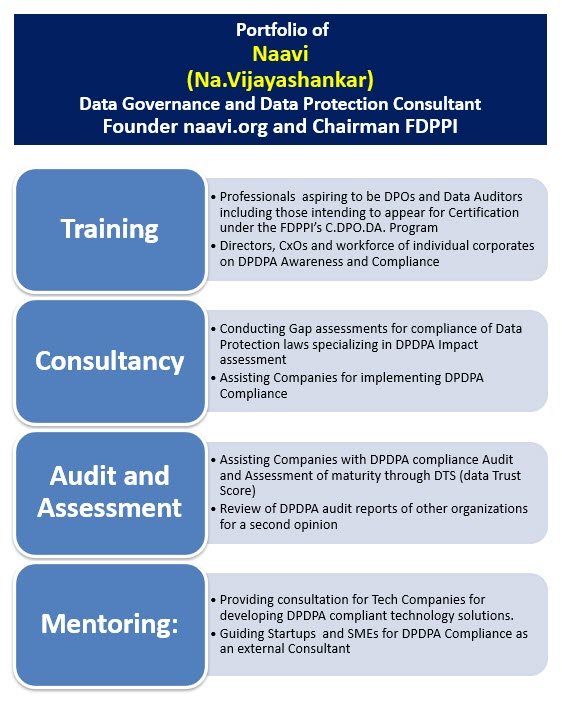Judiciary and Quasi Judiciary authorities in the country have been accorded a special place in the structure of our democratic society. We respect them and fear them. With the increasing burden on the regular judicial institutions such as Courts, quasi judicial authorities such as Adjudications and Appellate Tribunals have been constituted under different laws so that the first trial and first appeal could be handled by these specialized institutions before the dispute passes on to the higher judiciary normally at the High Court or in some cases bypassing the High Court and going directly to the Supreme Court.
Most of these institutions are often managed by retired Judges of the High Court and Supreme Court and have powers both to ease the procedures to make litigation convenient to the public but also powers to ensure that they are not inferior to any Court in enforcing its orders.
The availability of powers and the respect from the society needs to be repaid by these institutions with a sense of responsibility to the citizens of the country.
It is necessary to point out that the National Company Law Tribunal (NCLT) has in the case of Net4India failed to show this responsibility despite having been pointed out that the action or inaction of NCLT has resulted in lakhs of consumers of Net4India being left in the lurch with their digital business being disrupted.
Not withstanding the respect due to an institution like NCLT, it is our duty to point out the fact that NCLT missed its duty to serve the consumers of Net4India by being ignorant and irresponsible.
In the hope that this situation would not recur in the future, we provide here some thoughts along with why we need to be critical of what NCLT has not done in the case of Net4India to protect the interest of the consumers.
Net4India is one of the oldest Internet Service Providers in India and provided services for registration of Domain Names under the license from ICANN. It provides services for hosting websites, hosting e-mail services, providing digital certificate to web servers for secure web transactions etc.
Many large and small business organizations and individuals had availed their services from Net4India and have been running their web based services. Even Naavi started his activities on the web through Net4India.
Some where down the line, Net4India borrowed money from SBI and defaulted. It appears that SBI was negligent in providing the facilities and probably there was corruption and fraud in SBI which resulted in the loans being granted, not properly monitored and allowed to turn into NPAs. Given the nature of activities of Net4India and the head start it had on other competitors, it was a gold mine by itself and did not require Bank finance for its normal business. If an enquiry is held on how SBI granted credit facilities running to more than 100 crores and let it rot, it would perhaps come to light that the officials of the bank had colluded with the company in financing overtrading and diversion of funds.
The bankers remained mute spectators when Net4India did some manipulations to shift its assets, use the services of Open Provider to keep up its public face while slowly shifting the assets out of the company. (See here)
Having committed a possible fraud, SBI made use of the provisions of the NCLT to shift the liabilities to Edelweiss Asset reconstruction Co Ltd which invoked insolvency proceedings.
Medianama.com quotes the advocate of the Resolution Professional and indicates how there was a fraud committed over a period by the company. The advocate reportedly stated
“The RP discovered that the entire business and income of the Corporate debtor has been diverted to Net 4 Network [Services Limited], thereafter 70% shareholding of the Corporate Debtor in Net4 Network was surreptitiously transferred to a related company called Track Online India Private Limited, which is another company of the same Promoter-Director and thereafter the business of the Corporate Debtor was on 20.10.2016 transferred to Net4 Network [Services Limited] (once upon a time wholly owned subsidiary of the Corporate Debtor company) through Master Reseller Agreement (MSA), which has made Net4 Network “Master Reseller”, therefore as on the date the Corporate Debtor has remained for name sake because its shareholding in Net4 Network was transferred leaving no control over Net4 Network [Services Limited] and then strategically business as well. “
This sort of fraud could not have occurred except through connivance of the Banker, the company like Openprovider.com as well as other professional firms like the statutory auditors and company secretaries. Even ICANN and NIXI should have been able to see the fraud before it became irreparable.
The Ministries of Finance or Consumer Affairs have been silently watching the happenings and not tried to resolve the issue in a manner where the consumer’s interests are protected.
For a long time MEITY also was a silent spectator until after the issue was escalated through this website, NIXI started helping out registrants of dot in domain names ensuring that they were transferred to other registrars.
The India representative of ICANN has also been doing his bit to get the ICANN supervised domain names like dot com names to other registrars through the dispute resolution process with the ICANN which is slow and painful.
However the domain name owners are not able to recover their money stuck up with the Net4India accounts. They are cumulatively “Creditors” of Net4India in its insolvency provision which the NCLT has conveniently ignored.
Each of the 70000 plus customers (may be upto 3 lakh according to one estimate) have different amounts from Rs 1000 to Rs 25000/- in their accounts remaining as balances in their accounts with Net4India which were ear marked for their future renewal of services. These were in the nature of pre-assigned payments and not available for being used for repayment to SBI or Edelweiss and NCLT should have arranged for this to be segregated and accounted for the individual customers, which it has failed to do so.
The NCLT also failed to recognize that Net4India even as a shell company was a “Going Concern” and if its rights of being a domain manager for 70000 customers had been traded with another registrar, the rights would have fetched a value of its own. This “Intangible value of the domain business” went un accounted before NCLT declared Net4India as insolvent.
NCLT also failed to give notice to each of the 70000 domain name registrants who were small creditors to the company before the Insolvency proceedings were launched.
NCLT by launching the insolvency proceedings closed down the running operations of the company and the services of the consumers got disrupted.
NCLT has to be therefore squarely blamed for the disruption of the businesses of 70000 plus consumers of Net4India.
NCLT had within its powers to ensure that before ordering closure of the company, sale of its immovable properties etc., an search for auctioning the customer rights to other registrars at a premium. Some other registrar would have valued the customer acquisition of 70000 domain name operators as a great opportunity and acquired the entire business which NCLT valued at “Zero” value at least under a management contract at say around Rs 10 crores with a seamless continuation of the services to the consumers which is priceless.
But NCLT was not aware of the damage it was creating to the digital markets in India and /or was not concerned. It had its blinkered approach to going through the motions of resolution so that SBI could recover its own fraud proceeds and Edelweiss could make some money of its own.
PS: In case NCLT feels aggrieved with this criticism, we would like to know what measures NCLT took to bring the interests of the consumers of Net4India to the resolution process, whether notices were given individually to each of these consumers, whether there was any attempt to value the “Contractual Rights” created through domain services contracts at least at a notional nominal value to the books. We are willing to apologize if there has been a reasonable effort from NCLT in this regard.
At present several of the affected persons are rallying around Naavi.org and many of them have been able to resolve a part of their problem in getting the domain names transferred, But they still have not been able to recover the money stuck with Net4India and there are many more whose domains are still not transferred particularly by ICANN. All of them have to view NCLT as the villain who protected the fraud partners for Net4India at the cost of innocent consumers of Net4India.
Future Actions Required
For the time being let us leave the NCLT to learn from its mistakes but focus on what we need to do in the future.
- Bring the value of digital assets into the books of accounts.
The first and foremost action required to be undertaken by all of us who are users of domain names and other digital assets created out of contracts to bring the value of such assets into the books of account.
For example, Naavi.org as a domain name is valued at $1328 at Godaddy. In terms of expenses it costs around Rs 942.82 to renew every year which can be capitalized. If Ujvala Consultants Pvt Ltd which has registered the domain names for Naavi aggregates all the domains under its control and values it either at the market value estimated by Go daddy or at capitalized annual expenditure to be written off over a period of time instead of being considered as an expense, the balance sheet of Ujvala would reflect an asset value of several lakhs which today is not getting recognized.
If under the similar principle, Net4India had recognized the value of its domain name business at some valuation method say on the basis of cost of acquisition, the net present value of future business or the cost for a competitor to build 70000 plus customers, then its balance sheet would have carried an asset base of crores of rupees which the NCLT could not have ignored.
The Accounting professionals, ICAI and Ministry of Finance should therefore think of introducing a system where by digital assets are accounted for in the books as “Intangible Assets”.
It is possible that the Ministry of Finance would immediately think if they can tax this asset. It would be cruel if they did so. But since the valuation method may not be universally agreed upon, the accountants can start by placing a “Contra entry” in the books of account so that the valuation does not affect the balance sheet in real terms.
While the ICAI may take its time to understand the value of this “Digital Asset Valuation”, considering the future advent of Non Personal Data Protection regulation where valuation of data may become a realizable value, Naavi has already recommended inclusion of the “Personal Data Valuation” as a best practice under the PDPSI (Personal Data Protection Standard of India) which is a new standard of data protection and assessment of compliance.
2. Registrars of Domain Names to be regulated by MeitY
Considering the critical nature of the business of domain name registrars, the adverse impact if registrars go out of business in future as well as to reduce the incidents of domain name frauds. the Meity has to recognize that Registrars are a special category of “Intermediaries” and introduce appropriate regulatory control.
The Data Protection Authority (DPA) under Personal Data Protection Act (proposed) should also recognize domain registrars as “Significant Data Fiduciaries” and bring them under the regulatory control.
Both the above suggestions are well within the powers of Meity at present and hence we hope that they would be considered seriously.
Naavi



